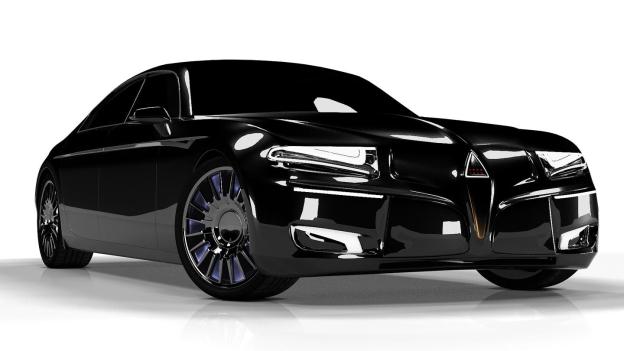
I once conceived of a machine that would de-claw and lobotomize grizzly bears, making them docile, cuddly creatures and perfect pets for suburban children. I even drew a rudimentary blueprint of the machine on a paper placemat. To my chagrin, my drawing did not make my machine real.
Turns out, an innovative energy company called Silex doesn’t seem to be hindered by reality, as I once was.
Silex, a company striving for distinctive energy solutions, recently sent out a press release bragging about what it calls “HyperCharging” technology. These HyperChargers would be capable of recharging a 200kWh EV battery – with a DC-to-DC charge – in less than 10 minutes. To put that into perspective, presently a Tesla Supercharger can only give a 85kWh battery pack a 50-percent charge in around 20 minutes.
No, these HyperChargers won’t work in your garage, as they’ll need to be hooked into medium-tension power lines. Silex imagines HyperChargers lining our country’s public motorways.
Don’t perk up too much because the technology only exists in the minds of the folks at Silex.
What vehicle could handle such an intense charge? Why the Silex Chreos, of course. Pictured above, the Chreos is an all-electric, all-wheel drive 640 horsepower luxury sports sedan aimed to take on the likes of the Tesla Model S. This black beauty can make a 0-62mph bolt in 2.9 seconds and hit a top speed of 186mph.
But wait – you guessed it – the Chreos, just like the HyperChargers that power it, only exists in the virtual world.
While we poke fun at Silex, we do have to give it some credit, as it seems to be thinking outside the box, if not a bit outlandishly so.
Should either of the Silex technologies ever come to fruition, we’ll be sure to update you.
Editors' Recommendations
- Nissan teams up with EVgo to provide free charging of Leaf vehicles in U.S.
- Vintage car group says EV classics aren’t real classics. Here’s why that’s wrong
- Maryland gas station becomes first in U.S. to ditch oil for 100% EV charging


